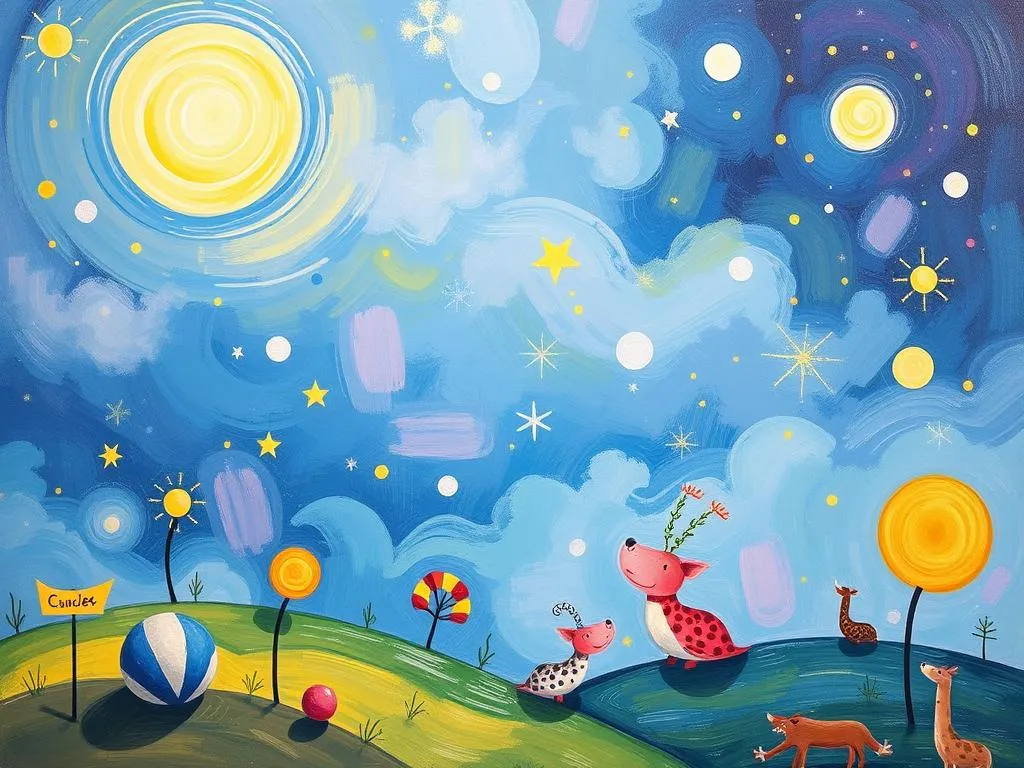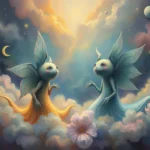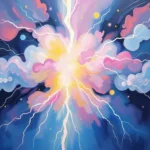
Introduction
Dreams have fascinated humanity for centuries, serving as windows into our subconscious minds. Among the myriad of dreams we encounter, those that involve art competitions evoke particularly rich symbolism and intrigue. They often reflect our inner desires, fears, and aspirations, challenging us to explore our creativity and self-worth. The dream of participating in an art competition can be a powerful narrative that delves into themes of comparison, validation, and the pursuit of excellence. As we navigate the complexities of our waking lives, such dreams can offer profound insights into our emotional states and personal ambitions.
Symbolism and Meaning
At the heart of an art competition dream lies a tapestry of symbols that resonates with various aspects of our lives. The art itself symbolizes creativity, self-expression, and the unique ways we perceive the world. In a dream setting, it often reflects one’s emotional landscape and the desire for acknowledgment. The act of competing introduces themes of comparison, evaluation, and recognition, suggesting that the dreamer may be grappling with feelings of inadequacy or the need for validation from others.
The competition aspect can also represent an internal struggle. It may indicate a desire to prove oneself, either to others or to oneself, which resonates deeply in cultures that place significant importance on achievement and success. This can lead to feelings of stress or anxiety if the dreamer feels overshadowed or pressured to excel. Alternatively, if the competition is perceived positively in the dream, it might indicate a sense of excitement and motivation to pursue personal goals.
In examining the art created in these dreams, we can gather additional insights. The medium—be it painting, sculpture, or digital art—reflects the dreamer’s preferred methods of self-expression. For instance, a painting may symbolize a desire for emotional depth, while a sculpture might represent a quest for stability and permanence. The themes depicted in the artwork can also provide clues about the dreamer’s current life circumstances or emotional state, revealing hidden desires or unresolved conflicts.
Furthermore, the presence of judges in the competition can amplify feelings of scrutiny and pressure. They may symbolize authority figures in the dreamer’s life or the internal critic that evaluates one’s worth and accomplishments. Conversely, if the judges are supportive, this may indicate a nurturing environment where creativity is encouraged, suggesting that the dreamer feels valued and recognized for their contributions.
Key Scenarios and Variations
The art competition dream can manifest in many scenarios, each offering a unique lens through which to interpret its meaning. For instance, if the dreamer finds themselves confidently presenting their artwork, it may signify a burgeoning sense of self-esteem and a willingness to share their authentic self with the world. In contrast, if they feel nervous or unprepared, it could reflect anxieties about self-worth and the fear of judgment.
Another variation might involve witnessing someone else win the competition. This scenario can evoke feelings of jealousy or inadequacy, prompting the dreamer to reflect on their own achievements and aspirations. It could also indicate a desire for collaboration rather than competition, highlighting the need for connection and community in creative endeavors.
The setting of the competition plays a significant role in shaping the dream’s meaning. An upscale gallery could symbolize high aspirations and the dreamer’s desire for recognition in their field, while a more casual environment might suggest a relaxed approach to creativity and self-expression. If the dream takes place in a chaotic or disorganized space, it could signal feelings of overwhelm or confusion in the waking life, potentially indicating that the dreamer is struggling to find clarity in their creative pursuits.
Interactions with other competitors also influence the dream’s interpretation. If the dreamer feels camaraderie with fellow artists, this may indicate a supportive network in their waking life that encourages creativity and collaboration. Conversely, if they feel competitive or hostile towards others, it might reflect deeper insecurities or unresolved rivalries.
Additionally, the outcomes of the competition can vary significantly. Winning the competition may evoke feelings of triumph and validation, reinforcing the dreamer’s self-worth. However, losing could lead to feelings of disappointment and self-doubt, prompting the individual to evaluate their relationships with success and failure. It’s crucial to note that the emotional response elicited by the dream’s outcome is often more telling than the outcome itself; it reveals much about the dreamer’s current emotional state and self-perception.
Real-Life Connections and Takeaways
Understanding the nuances of an art competition dream can provide profound insights into our waking lives. As readers reflect on their own experiences with such dreams, they might consider how their current endeavors align with their creative aspirations and self-image. Are they feeling fulfilled and recognized for their contributions, or are they grappling with feelings of inadequacy and the fear of judgment?
One practical approach to engaging with these dreams is through self-reflection. Keeping a dream journal can be a valuable tool, allowing individuals to record their dreams and analyze the emotions and symbols that arise. By revisiting these entries, readers can track patterns over time, gaining insights into their evolving self-perception and aspirations.
Moreover, readers are encouraged to consider how they perceive competition in their waking lives. Are they driven by a desire to compare themselves to others, or do they seek collaboration and support? Reflecting on these dynamics can reveal areas for personal growth and help individuals cultivate a healthier relationship with their creative processes.
Engaging in creative activities, whether through art, writing, or other forms of expression, can also serve as a therapeutic outlet. By embracing creativity without the pressure of competition, individuals may discover new facets of themselves and find joy in the process rather than solely focusing on the outcome. This shift in perspective can foster a deeper connection to one’s inner self and help alleviate feelings of anxiety associated with performance and validation.
Lastly, it’s essential to recognize the role of self-compassion in navigating the emotional landscape surrounding these dreams. Readers may find it helpful to practice self-kindness and acknowledge that everyone experiences moments of doubt and insecurity. By embracing their imperfections and valuing their unique creative voices, individuals can foster a more positive self-image and enhance their overall well-being.
In conclusion, the art competition dream serves as a rich canvas for exploring our desires, fears, and aspirations. By delving into the symbolism, variations, and real-life connections associated with this dream, readers can gain valuable insights into their emotional states and personal journeys. Encouraging personal reflection and fostering a supportive creative environment can empower individuals to embrace their uniqueness and flourish in their artistic pursuits. As dreams continue to bridge the gap between our subconscious and conscious selves, they remind us of the transformative power of creativity and self-expression in our lives.







